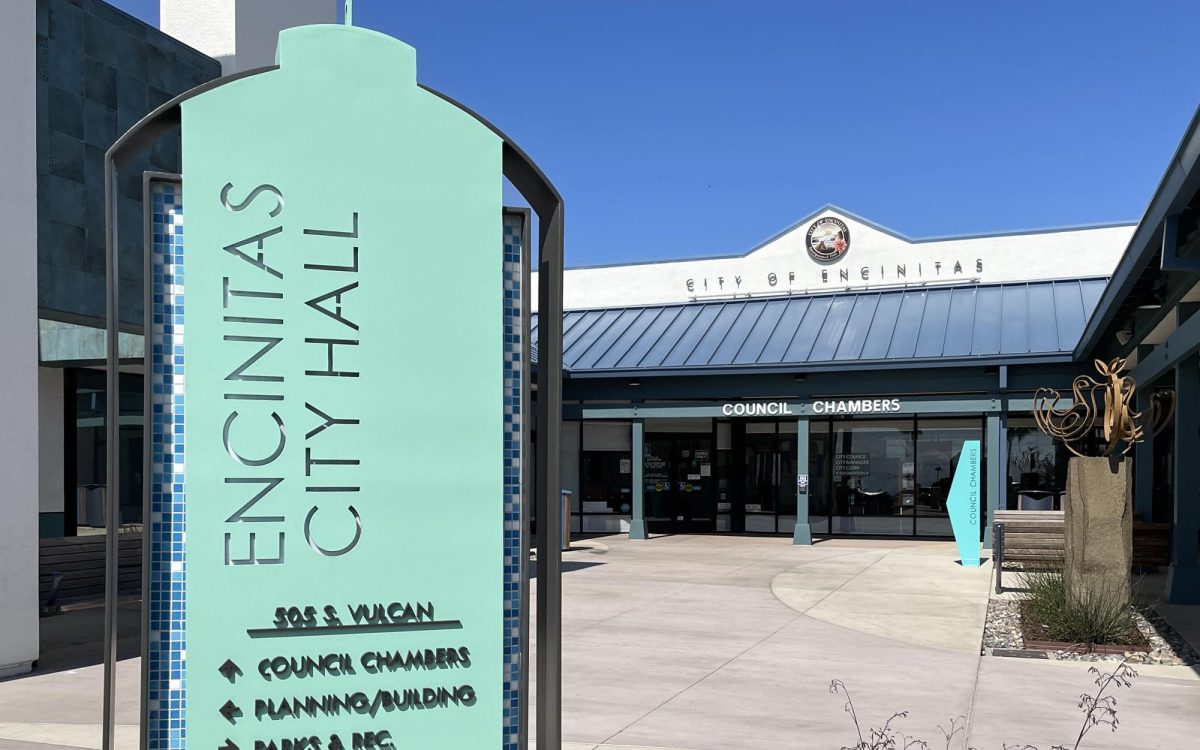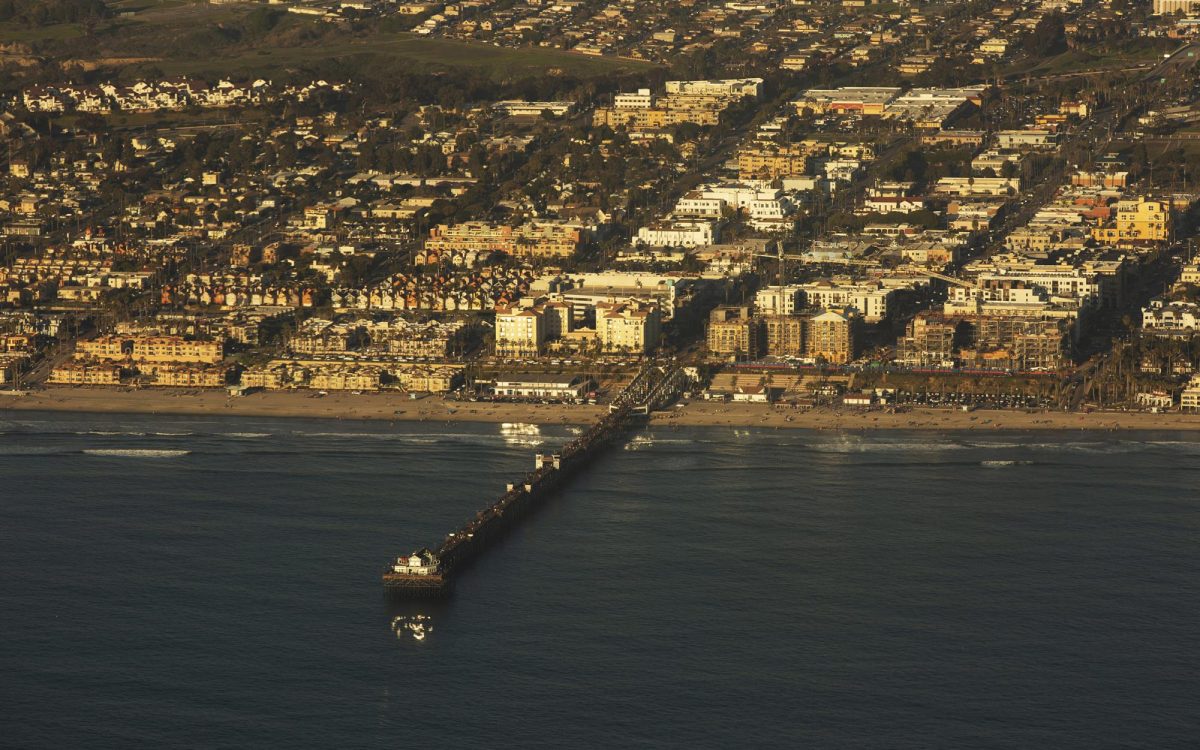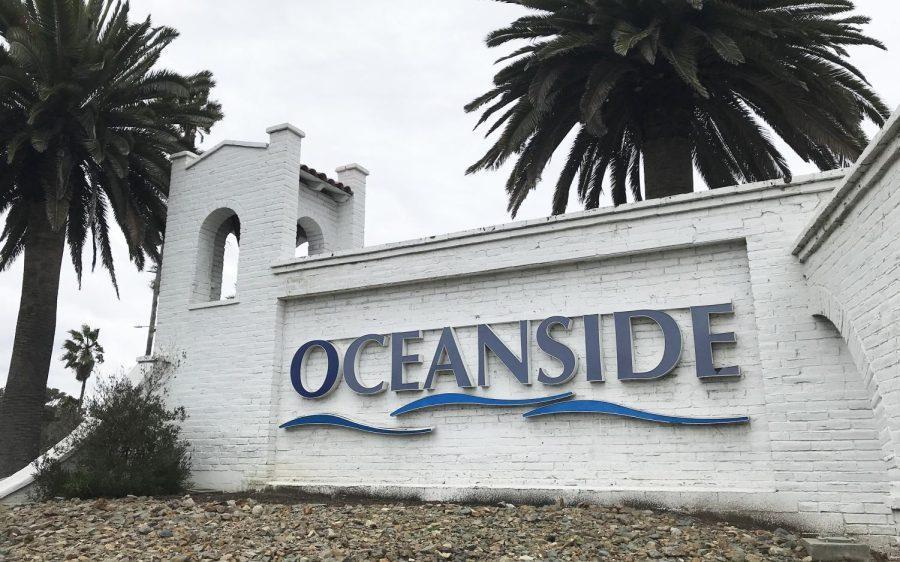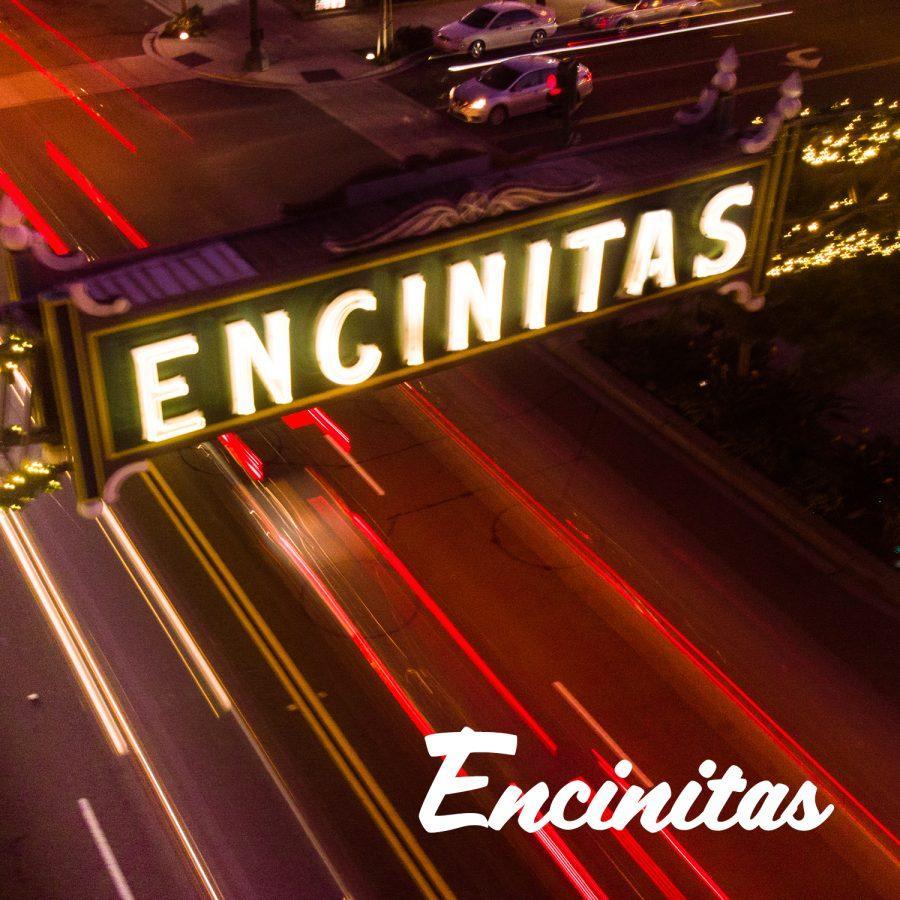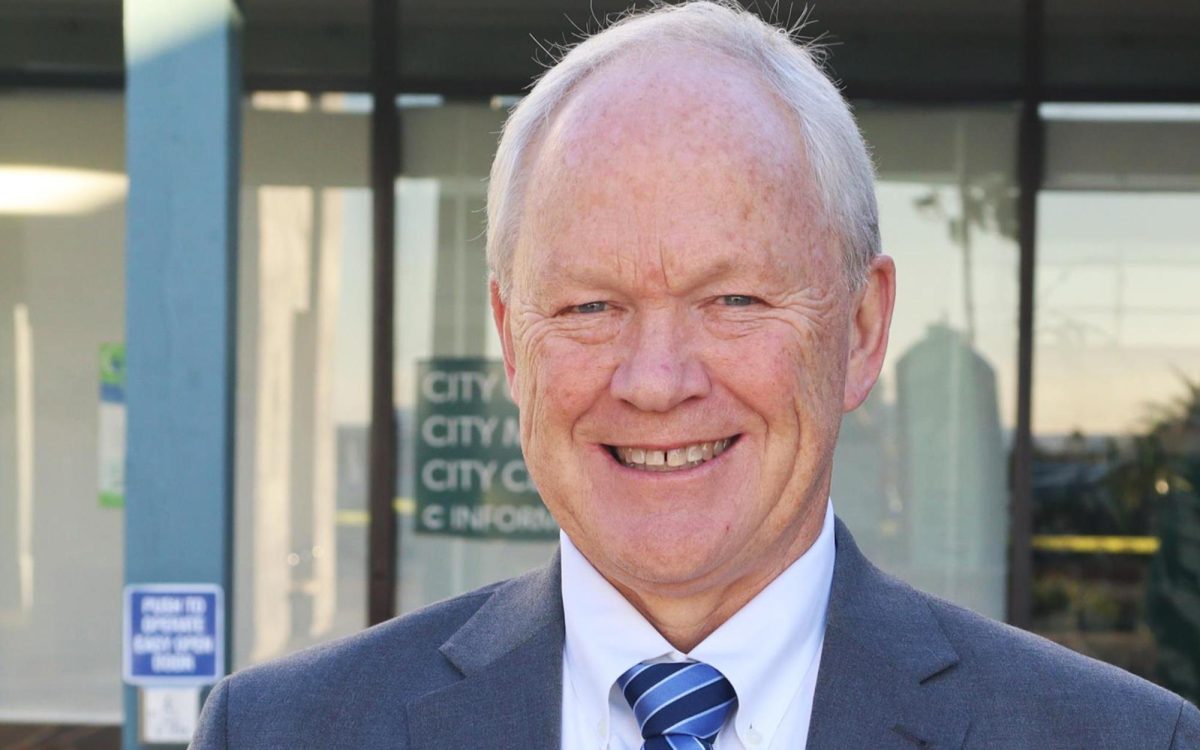In December, the Encinitas City Council’s agenda included several significant matters. Mayor Tony Kranz, in conversation with the North Coast Current, outlined the three most notable topics discussed during the month. Below, we take a closer look at these crucial conversations.
Navigating the post-pandemic landscape
Due to the impact of the COVID-19 pandemic, restaurants in the downtown area were granted the opportunity to extend their spaces into public parking areas over the past few years.
Now, the city is addressing a crucial question: should this arrangement be made permanent, or should the city focus on recovering these parking spots? Kranz highlighted the significance of the conversation on this topic that took place on Dec. 20, deeming it the most important discussion of the month.
 Kranz, one of the four council members in favor of permanence, asserted that the expansion has positively impacted the city, drawing more people to local restaurants. He emphasized that the benefits extend beyond just restaurants, benefiting all businesses in the vicinity.
Kranz, one of the four council members in favor of permanence, asserted that the expansion has positively impacted the city, drawing more people to local restaurants. He emphasized that the benefits extend beyond just restaurants, benefiting all businesses in the vicinity.
While Kranz acknowledged the reduction in parking availability directly in front of particular businesses, he underscored the availability of several alternative parking options nearby.
The city is now actively pursuing making this adjustment a permanent one, according to the mayor.
First reading of Shopping Cart Ordinance
During the regular city council meeting on Dec. 13, the first reading of a Shopping Cart Ordinance occurred.
Kranz emphasized the urgency of the ordinance, as shopping carts are frequently being abandoned on public and private properties throughout the city, including waterways. This is a public nuisance, contributing to a decline in the quality of life for residents and causing environmental degradation, according to a staff report presented by Erik Steenblock.
The Shopping Cart Ordinance comprises three primary provisions:
1. It establishes that it is unlawful to remove a marked shopping cart from a premises or to be in possession of a marked shopping cart.
2. It establishes that it is unlawful for a shopping cart owner to allow a shopping cart to be abandoned or remain unattended.
3. It defines the city’s role in the retrieval of abandoned shopping carts.
Kranz, recognizing the potential impact on businesses, expressed understanding and appreciation for those businesses taking on additional responsibilities in addressing the matter.
“While I’m sympathetic (to the burden on business owners), I do believe that this is overall a really good approach to addressing the problem, so I am going to support this,” he said.
A second reading is expected this month. Nothing will take effect until after the second reading.
Designs and plans for enhancement project for bicycle facilities
Bicycle safety remains an ongoing concern within the city.
Abraham Bandegan, the city traffic engineer, presented his recommendations for enhancing bicycle facilities on Dec. 13. The suggestions included the implementation of bike lane buffers and increased signage.
Given the long length of the meeting, the presentation ended fairly abbreviated. The proposed ideas are now on the table, and the council will delve deeper into them this month.
Kranz stressed the importance of the presentation, as it showcased the city’s commitment to prioritizing bike safety.
In addition, Nick Buck, the city’s first mobility manager, presented during the Dec. 13 meeting, outlining the actions taken by the city since declaring the bike emergency.
“(Buck) has a focus on safety and also a passion for bicycling, so it’s really a good combination for someone to have in the position,” Kranz said.
Alysse Dodge is a local freelance writer.




